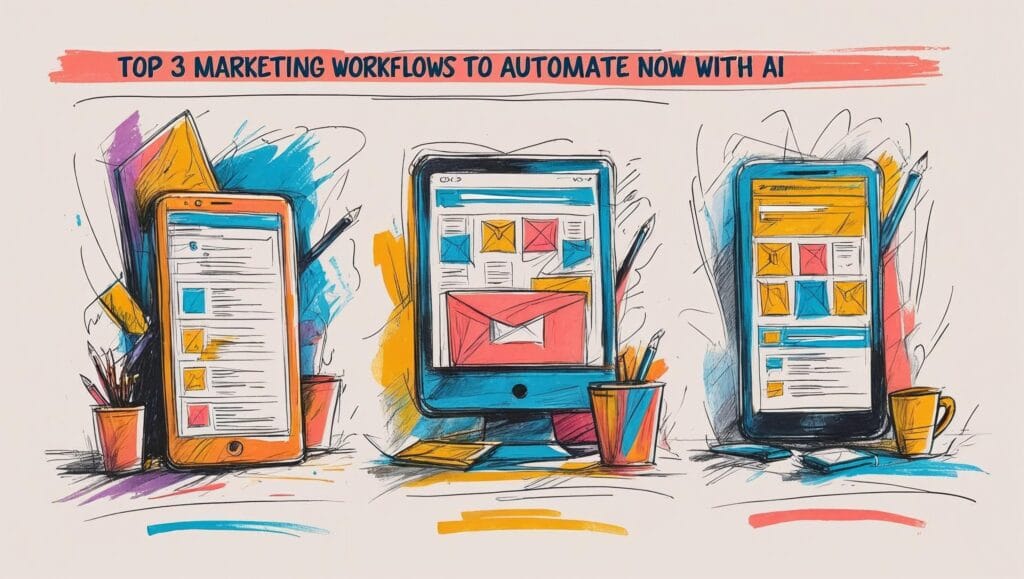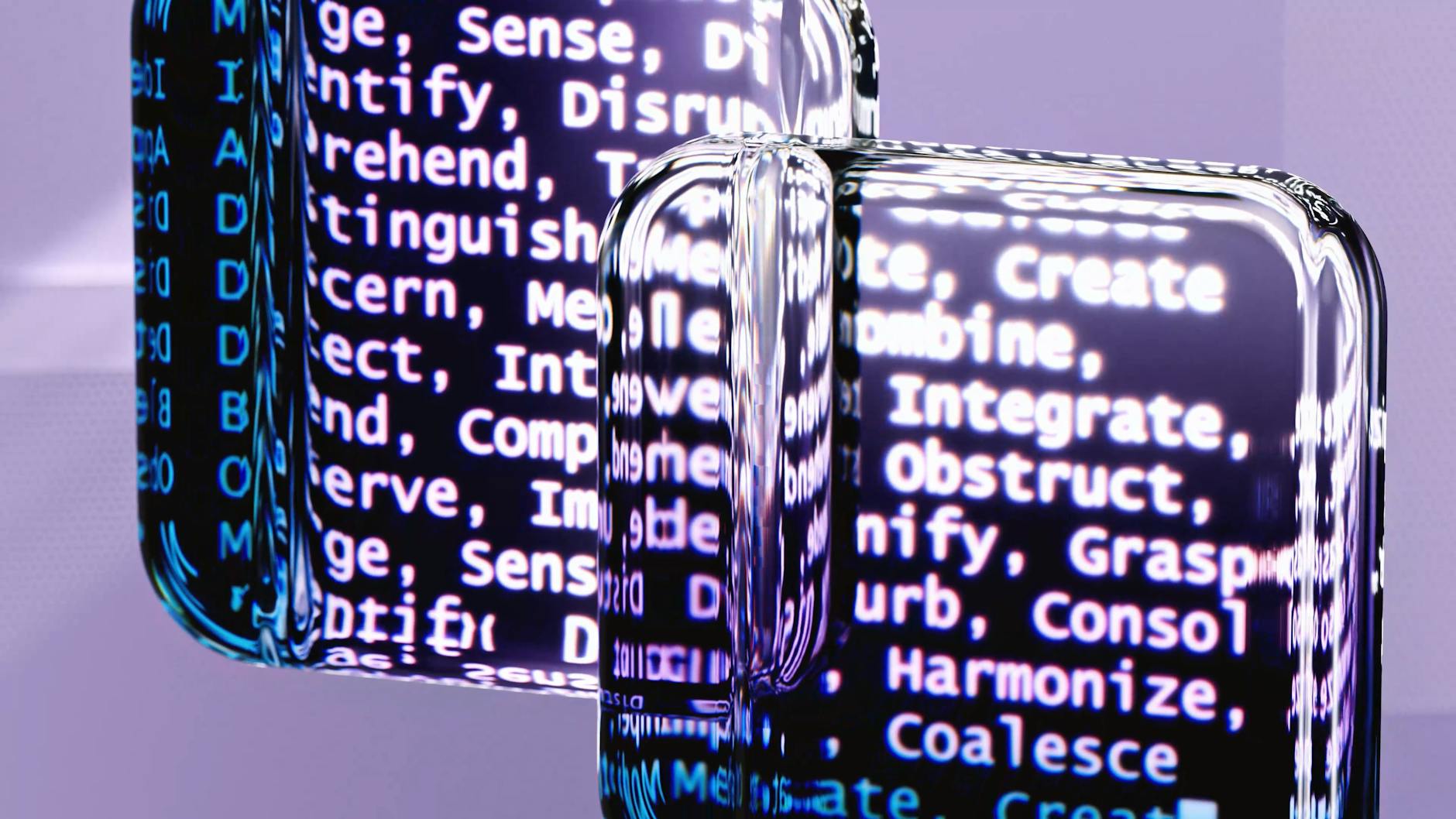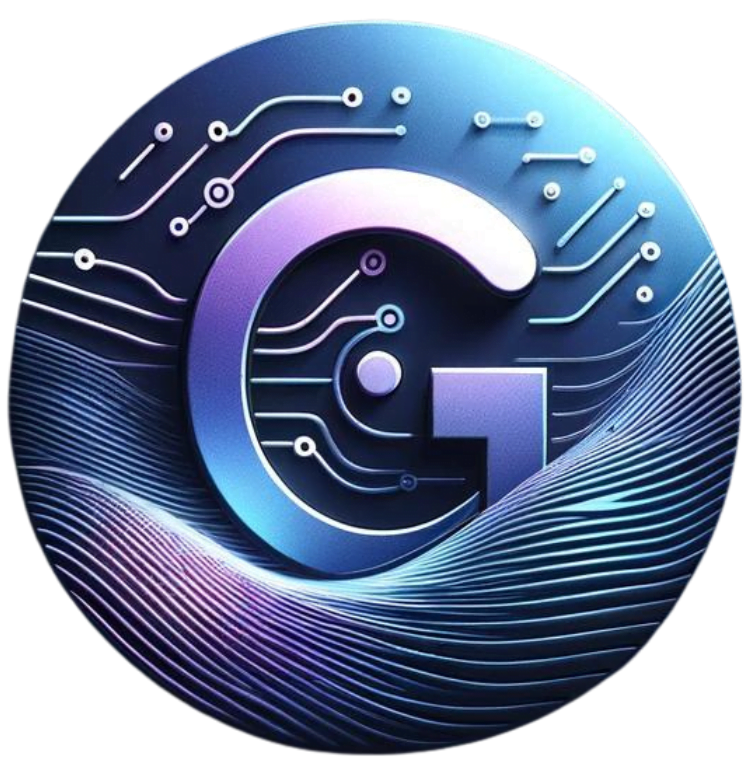Top 3 Marketing Workflows to Automate Now with AI

In today’s fast-moving digital world, businesses that don’t embrace AI-driven automation risk being left behind. The truth is, automating the right workflows doesn’t just save you time. It helps you work smarter. It scales your results. It gives your customers a better experience. Let’s look at the first three workflows you should automate if you want your marketing strategy to stay future-proof.
1. Lead Generation and Nurturing Automation
This is where automation can have the biggest impact right away.
Smarter Lead Capture
Instead of relying on static forms, AI chatbots and smart forms create a real-time, interactive experience for potential customers.
- Sephora’s chatbot instantly answers beauty questions, recommends products, and captures high‑quality leads.
- Wrike’s conversational AI engages website visitors 24/7, boosting conversions by keeping prospects connected even outside business hours.
Automated Lead Scoring
Tools like Salesforce Einstein, HubSpot, and Zoho automatically score leads. They assess these based on behavior and demographics. Therefore, your sales team spends time only on the most promising prospects.
AI-Powered Follow-Up
With Conversica, AI assistants send follow-up emails, texts, and chats that feel natural and human. They nurture leads until they’re sales-ready, handing off only the strongest ones to your team.

2. Content Marketing and Distribution Automation
Content is still king — but without automation, it’s tough to keep up.
Content Creation with AI
Platforms like Jasper and Copy.ai can assist in drafting SEO-friendly content ideas. They help create blog outlines and email copy in minutes. This approach keeps your pipeline full of fresh, relevant material.
Automated Scheduling Across Channels
Tools like Buffer, Hootsuite, and Later take care of posting your content at the best times across social channels. That way, you stay consistent without living in your scheduling dashboard.
Repurposing Content at Scale
Automation makes one piece of content go much further:
- Omneky automatically generates ad creatives and launches campaigns across platforms like Meta, TikTok, Google, and LinkedIn.
- Storyteq helps brands instantly adapt and distribute content variations while staying on-brand.
- BuzzFeed uses AI-driven quizzes to give readers personalized results, creating a unique and engaging content experience.
3. Marketing Analytics and Reporting Automation
Data is the lifeblood of modern marketing, and automation makes sure you’re not drowning in spreadsheets.
Centralized Dashboards
With Google Data Studio, Databox, or Looker Studio, you can connect all your data sources. These range from Google Analytics to Facebook Ads. All data integrates into one easy-to-read dashboard.
Predictive Analytics for Smarter Decisions
Platforms like BrightEdge and HubSpot Breeze use AI to forecast trends. They recommend SEO opportunities. These platforms highlight campaigns that are most likely to deliver ROI.
Call Tracking and Attribution
Invoca works with companies like DISH Network and Banner Health to automatically track calls. They attribute them to campaigns. This process boosts conversion tracking. Managing this manually is nearly impossible.
The Next Level: Agentic AI
Looking ahead, we’re seeing the rise of AI agents that can run entire workflows end-to-end.
- Salesforce uses AI agents to handle up to 80% of lead follow-ups, speeding up response time by 40%.
- Adobe has launched AI-powered marketing assistants. These assistants create multilingual campaigns. They analyze customer data and optimize performance for global brands like Marriott and Coca-Cola.
Bringing It All Together
When you connect these workflows, you build a self-optimizing marketing system that:
- Captures leads with chatbots and smart forms.
- Nurtures prospects with automated, personalized campaigns.
- Tracks and reports performance across every channel in real time.
The result? A marketing engine that’s faster, smarter, and ready for the future.
Subscribe for marketing and tech tips

